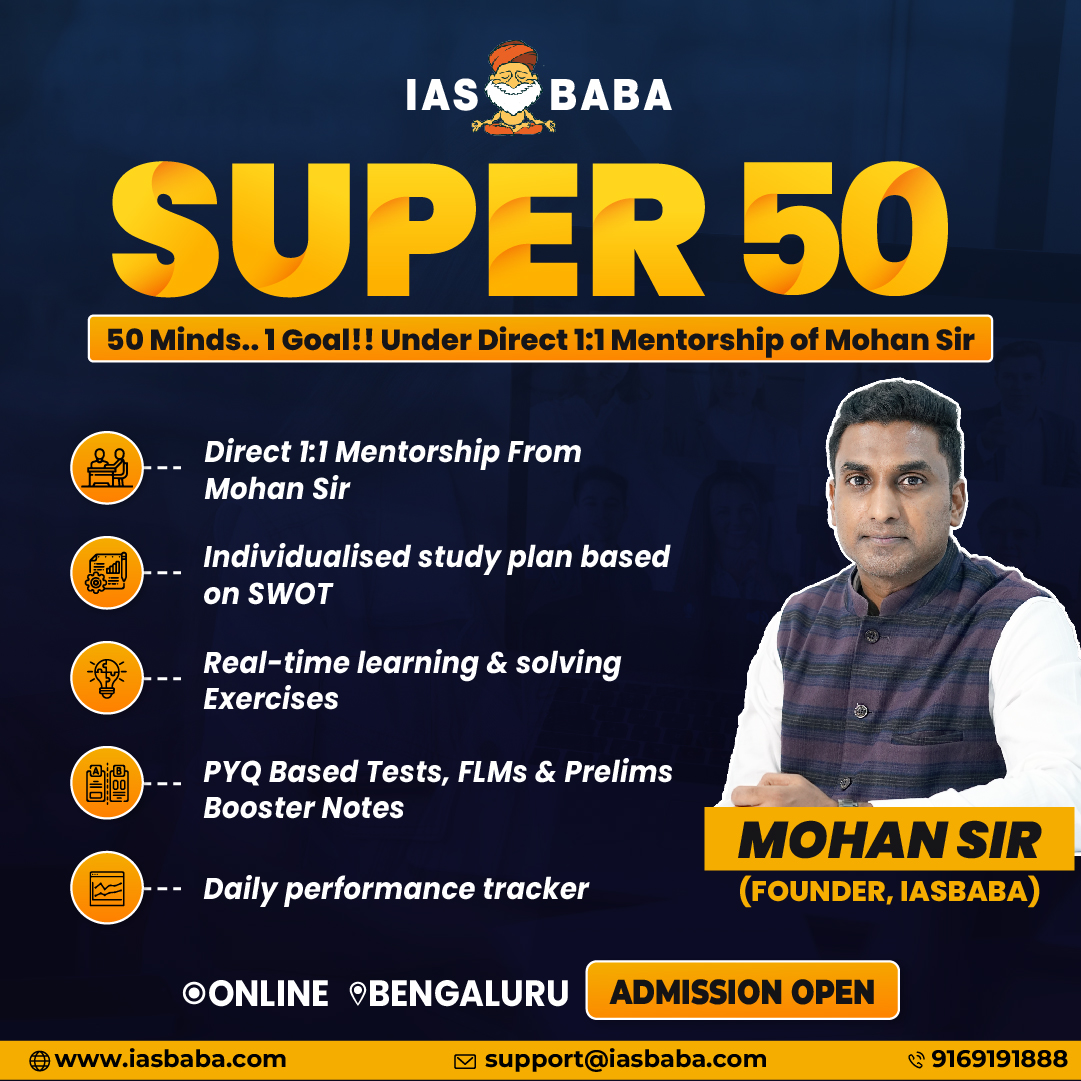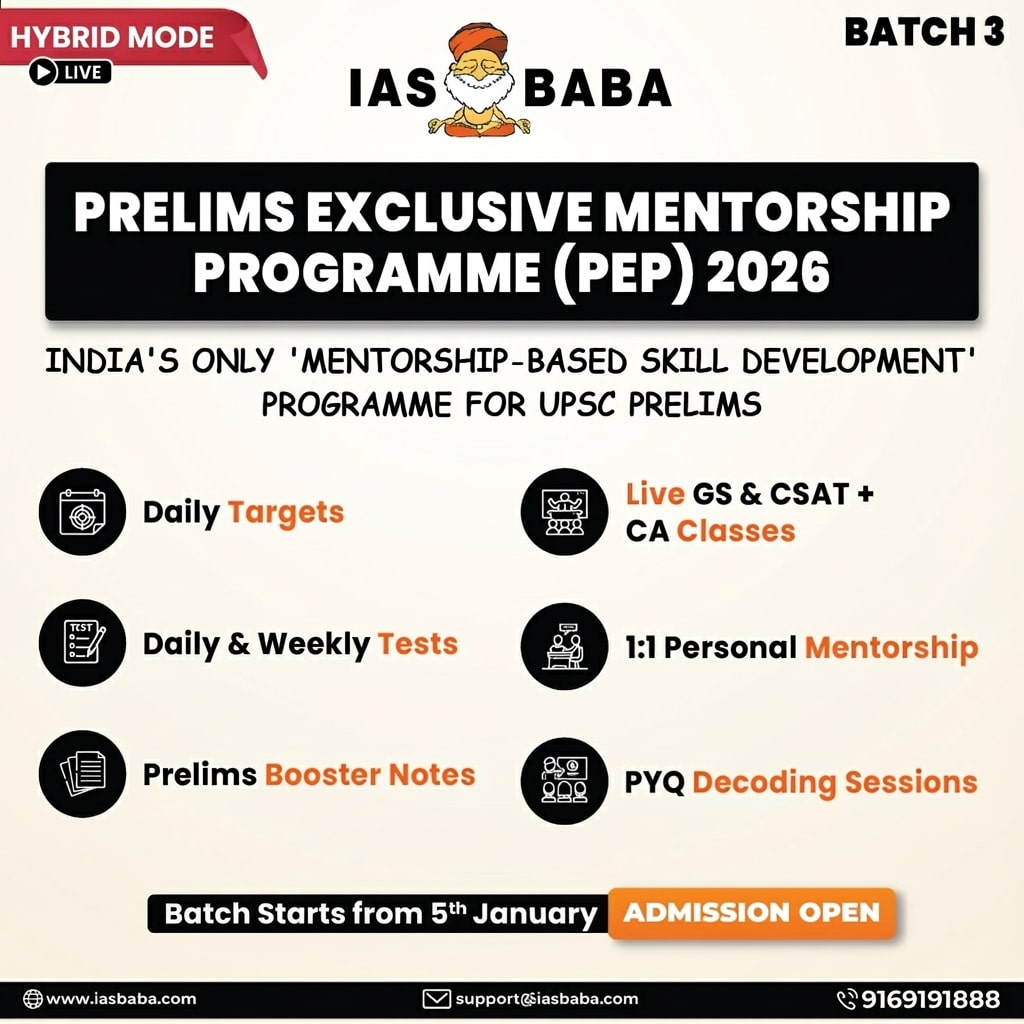Indian History & Post-Independence, TLP-UPSC Mains Answer Writing
Q.2. Discuss the major themes and regional variations in socio-religious reform movements during the 19th century. (150 words, 10 marks)
Introduction
In the 19th century, socio-religious reformers challenged outdated customs and encouraged modern thinking. As Romila Thapar notes, they aimed to blend tradition with modernity to uplift and renew Indian society.
Body
Major Themes of Socio-Religious Reform Movements
1. Critique of Caste and Untouchability: Reformers condemned caste-based discrimination and worked to uplift marginalized communities. Example: Jyotirao Phule campaigned against Brahminical dominance and untouchability.
2. Promotion of Women’s Rights: Movements advocated widow remarriage, female education, and abolition of sati. Example: Ishwar Chandra Vidyasagar championed widow remarriage and girls’ education.
3. Rationalism and Scriptural Reinterpretation: Many reformers encouraged reinterpretation of scriptures to align with ethical and rational principles. Example: Raja Ram Mohan Roy challenged idol worship and promoted monotheism.
4. Abolition of Social Evils: Practices like child marriage, dowry, and polygamy were targeted for reform. Example: Dayanand Saraswati opposed idolatry and promoted Vedic teachings to reform society.
5. Religious Revivalism: Some movements sought to revive and purify Hinduism from within by returning to ancient scriptures. Example: Arya Samaj aimed to revive Vedic values and reject caste rigidity.
6. Inter-Religious Harmony: Efforts were made to bridge communal divides and promote ethical values common to all faiths. Example: Brahmo Samaj encouraged universalism and rejected caste and ritualism.
Regional Variations in Social reform Movements
- Bengal: The birthplace of reform movements like Brahmo Samaj and the Young Bengal movement, emphasizing rationalism and social reform. Example: Raja Ram Mohan Roy led Bengal’s reformist activities.
- Maharashtra: Home to Phule’s anti-caste activism and the Prarthana Samaj’s focus on social upliftment. Example: Jyotirao Phule and Savitribai Phule pioneered education for lower castes and women.
- Punjab: Arya Samaj’s activities focused on Vedic revivalism and promoting education. Example: Dayanand Saraswati’s teachings spread widely in Punjab.
- South India: Movements like the Justice Party addressed caste inequalities and promoted Dravidian identity. Example: Periyar’s later Self-Respect Movement emerged from these roots.
- North India: Ramakrishna Mission and movements inspired by Swami Vivekananda combined spirituality with social reform. Example: Vivekananda emphasized self-realization and social service.
Conclusion
The socio-religious reform movements of the 19th century were diverse in theme and regional expression but united in their pursuit of social justice and rational spirituality.
D.D. Kosambi said, “These reform movements were the seeds of India’s modern social consciousness.”














